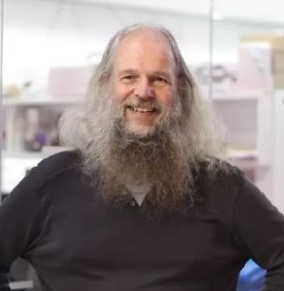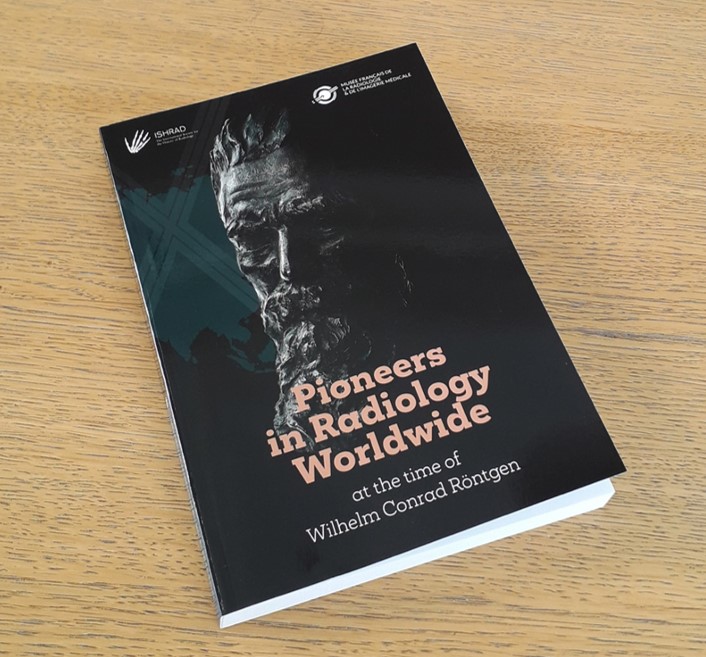... DEDICATED TO THE HISTORY OF RADIOLOGY IN ALL ITS FORMS...
THE BSHR ANNUAL LECTURE
Annual Lecture: At 7pm Monday 2nd February 2026, Governors'
Hall, St Thomas’s Hospital, London SE1 after the AGM
A personal History of Radiology from Röntgen to the Modern
Digital Era & AI – What can we learn from the pioneers?
by Dr Arpan K Banerjee, MBBS( LOND)FRCP FRCR FBIR, Chair ISHRAD
(International Soc History of Radiology)
Dr Banerjee has been researching and writing about radiology history for over 30
years and has published over a hundred papers and essays and several books on
aspects of radiology and medical history. He is the author of ‘Radiology of AIDS’(
1993), Radiology Made Easy (1999, 2006) and co author of the book ‘Classic papers
in Modern Diagnostic Radiology’ (Springer 2004) and ‘The History of Radiology’ (
OUP 2013). His latest project was co- editing and contributing to the book ‘Pioneers
in Radiology Worldwide at the time of Wilhelm Rontgen’ published in Paris in 2024.
In this talk he will review the lives and contributions of the early radiology pioneers
from Rontgen, Madame Curie and others and also cover the development of early
ultrasound, CT, MRI and interventional radiology and AI. The talk will provide a
historical overview of some of the key developments in radiology throughout the 20th
century and the pioneers involved in these developments and will also remind us
what the lives of these pioneers can teach us in our current era.
Entry is free but for catering purposes please email Dr Arpan Banerjee by 29
January 2026 at This email address is being protected from spambots. You need JavaScript enabled to view it. to attend the lecture.
It is planned for the lecture to be online by Zoom and to record it for later access. Details in the coming weeks.
ISHRAD
The report on the 14th ISHRAD symposium held in Gothenburg on 11 October 2025 can be found here:
https://ishrad.org/report-of-14th-symposium-of-ishrad-11-oct-2025-gothenburg-sweden
ONLINE LECTURE -- PROF IWAN MORUS on NIKOLA TESLA 6 NOVEMBER 2025
watch the online video here
| THE JOHN CLIFTON ESSAY PRIZE 2025 -WINNERS |
The Winner of the Prize this year is Katharine Thomson for her essay The First Thyroid Radionuclide Therapy
Patient? A Mystery in Time and Music. This essay will appear in Invisible Light 57.
There were awards for two Runners Ups:
Edmund Joseph: From electrotherapist to radiologist– Dawson Turner and early radiology and
Navdeep Ranar: The Body That Remains: Radiology in the Wreckage of the Atomic Age
Congratulations to all those who entered
| Other items on this page : |
Annual Lecture video |
Pioneers in Radiology Worldwide |
Past lecture videos |

A Personal History of Imaging in Radiotherapy
Prof Marcel van Herk
Click for here for the video of the 2025 Annual Lecture
| PIONEERS IN RADIOLOGY WORLDWIDE |

Some members of BSHR have contributed to a new book published and co- edited by ISHRAD (Int Soc Hist Radiology) with the SFR (French Society of Radiology). It contains 195 biographies of early radiology pioneers from 38 countries and is illustrated in colour. 250 pages.
The book 'Pioneers in Radiology Worldwide at the time of Rontgen' can be purchased from websites below.
https://eboutique.radiologie.f
https://www.livres-medicaux.c
| OTHER FEATURES |
OnLine Lecture 2024
CT: Past, Present and Future
Dr Cynthia McCollough is available here
Annual Lecture 2024
Signs and Symbols: Heraldry from Roentgen to The Present Day
Stephen Keevil
OnLine Lecture 2023
The Mummy Returns
Dr Ash Chakraborty
.
